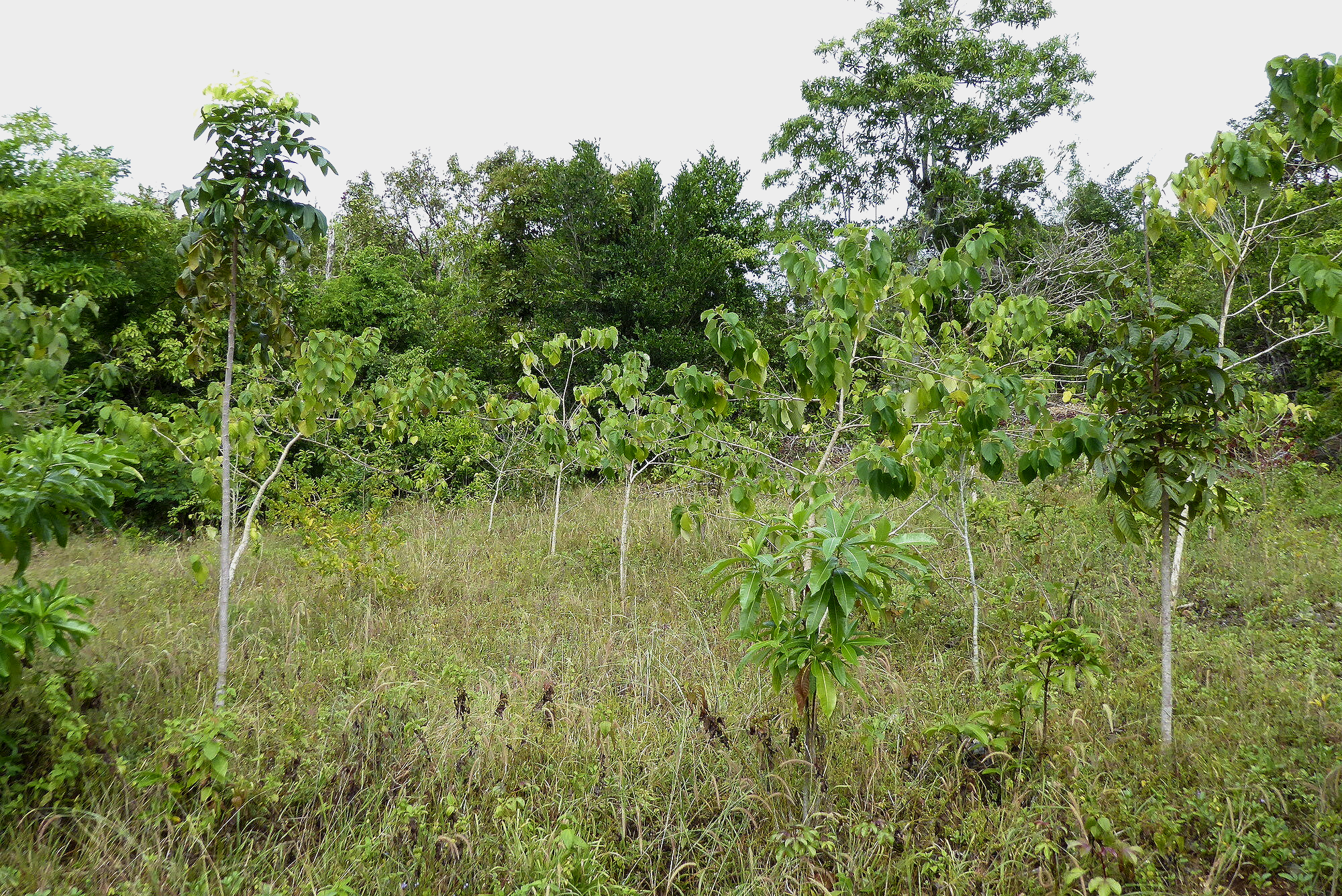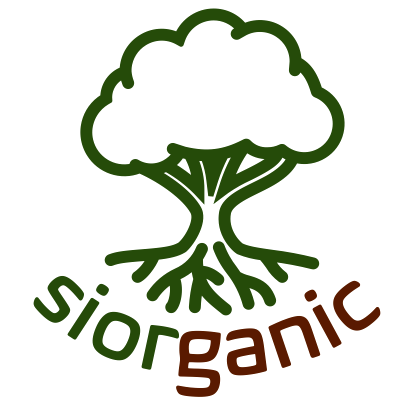
Tugas Reserve
These 4 hectares of limestone-based soil were traditionally used for maize and cassava production. We acquired the land in 2012 and planted tugas/molave (Vitex parviflora), langin (Micromelum caudatum), and narra (Pterocarpus indicus) native hardwood trees. The area is now being left for natural forest regeneration and wildlife habitat.
Tugas/molave is classified as endangered. It has been overharvested as the wood is very valuable for furniture and house construction and the leaves for livestock feed. Nature conservation is not a high priority in this economically poor area.
According to legend Siquijor’s nickname “Isla de Fuegos” (island of fire) comes from the glow of fireflies around tugas/molave trees that the Spaniards saw when they first arrived in 1565. The island’s precolonial name “Katugasan” is said to come from the many tugas trees that once covered the island.
Young tugas (molave) tree

…No more gmelina and mahogany…
We initially also planted some gmelina and mahogany, not realising that these exotic species spread aggressively, outcompete native trees and may impact the ecosystem adversely. We will gradually replace with native trees. Native species that fit the ecosystem well should - as a rule of thumb - be considered first.
Giant tugas on Siquijor island.


